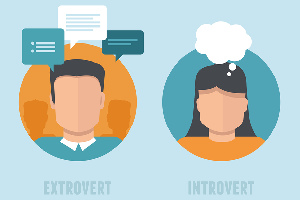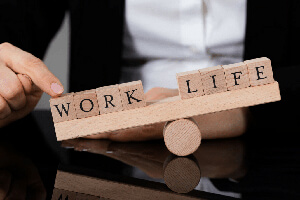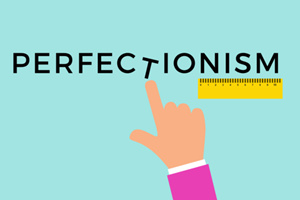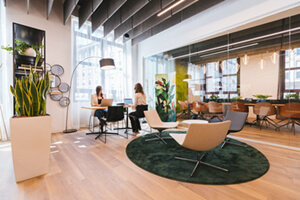The outlines of the post-pandemic regime are becoming visible
A year has passed since many developed economies locked down and office workers, like Bartleby, started to toil from home. This was a plague that launched a thousand forecasts, with pundits predicting everything from a revolution in working lives to an eventual return to normal.
Some of these predictions are already being tested. The crisis has accelerated existing trends, such as the move from cash to digital payments. Delivery driving will, as many people foretold, be a big source of jobs, at least until the arrival of self-driving lorries. Bricks-and-mortar shops will not. Despite the talk of remote working, many sectors, from construction and manufacturing to emergency services, will still bring their workers into a central location.
If this column has focused on offices this past year, it is because that is where the room for debate is greatest. But at least one prediction can be firmed up. A hybrid system, in which employees are in the office for part of the week, is here to stay. In a new report for Demos, a British think-tank, Julia Hobsbawm writes of the “nowhere office”, both virtual and physical. Employees will move between home, the coffee shop and a co-working space. This approach would reduce social isolation while saving employees the grind of the daily commute. A recent report by McKinsey, a consultancy, estimated that 20-25% of workers in the rich world could work from home three to five days a week. That is four times more people working remotely than before the pandemic.
Just as technology brought workers into the factory in the 19th century, technology lets employees disperse from the office in the 21st. There is no longer a need to pass around pieces of paper under the watchful eye of a supervisor. And the pandemic has shown employers that working at home can be productive. Employees like it, too; a recent survey of employees at various firms by Microsoft, a software giant, showed that 73% enjoyed the flexibility brought by remote working.
This shift may be self-perpetuating. If employees are coming in less often, firms will adopt hot-desking as the best use of office space. The McKinsey report suggests employers are planning to downsize their offices by 30%. Some will welcome the chance to trumpet the resulting reduction in their carbon footprint. But hot-desking also reduces the scope for workplace friendships. If so, employees will have even less incentive to go to the office five days a week – leading to even smaller offices with more hot-desking, and so on.
Being away from the office has downsides. It can cause stress and isolation. Gartner, a research firm, has found that 29% of employees had felt depressed because of the pandemic. In the long run, co-operation may be harder to maintain. Individual musicians may play their instruments beautifully, but unless they are coordinated, they are no orchestra. The longer the separation, the likelier colleagues are to play out of sync. And the lack of team spirit may reduce workers’ commitment to their employer; the Microsoft survey found that 41% of workers were considering leaving their job in the next 12 months.
If the hybrid model is nevertheless here to stay that may be because it, too, reinforces existing trends. First, many employees were “working from home” before COVID-19, answering emails and phone calls at night and on weekends. Lockdowns have further blurred the distinction between work and leisure. In a study by the Royal Society of Public Health, 56% of employees said they found it harder to switch off when working remotely. And a survey by the Chartered Institute of Personnel Development found that 30% of British employees felt they worked more hours at home.
The hybrid model may speed up another trend – the divide between white-collar workers who get to exercise flexibility and the much larger group of service-sector employees who have flexibility imposed on them in the form of zero-hours contracts. As Ms. Hobsbawm points out, people’s desire as employees to exercise control over their working hours is in conflict with their desire as consumers to have access to goods and services round the clock. Someone has to work the unpopular shifts. Some will spend their days on Slack; more will have to take up the slack.
And that leads to one more prediction. The pandemic will destroy the idea of a uniform work week, 9 to 5 from Monday to Friday. Get ready to ask people you meet not “where do you work?” but “when do you work?”














